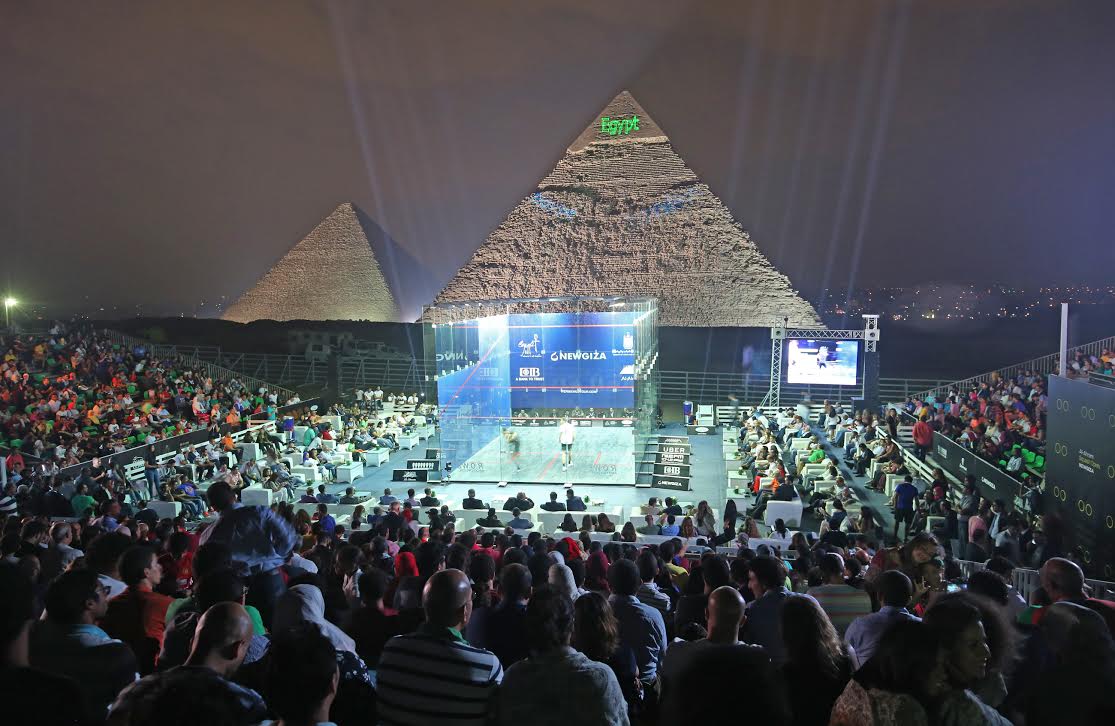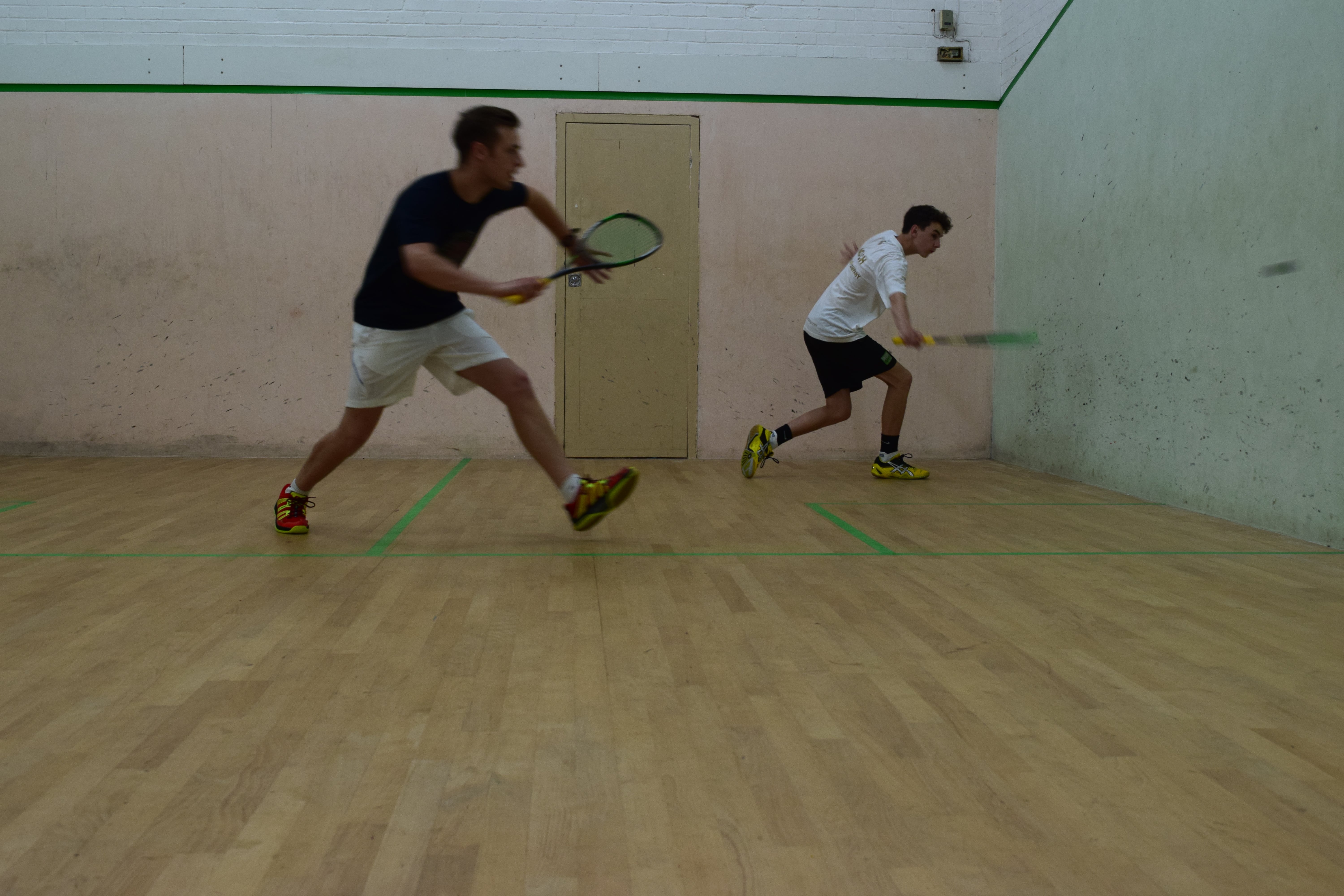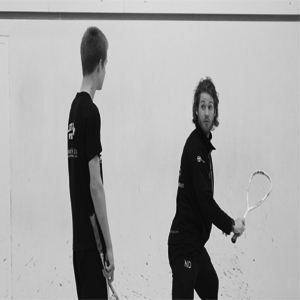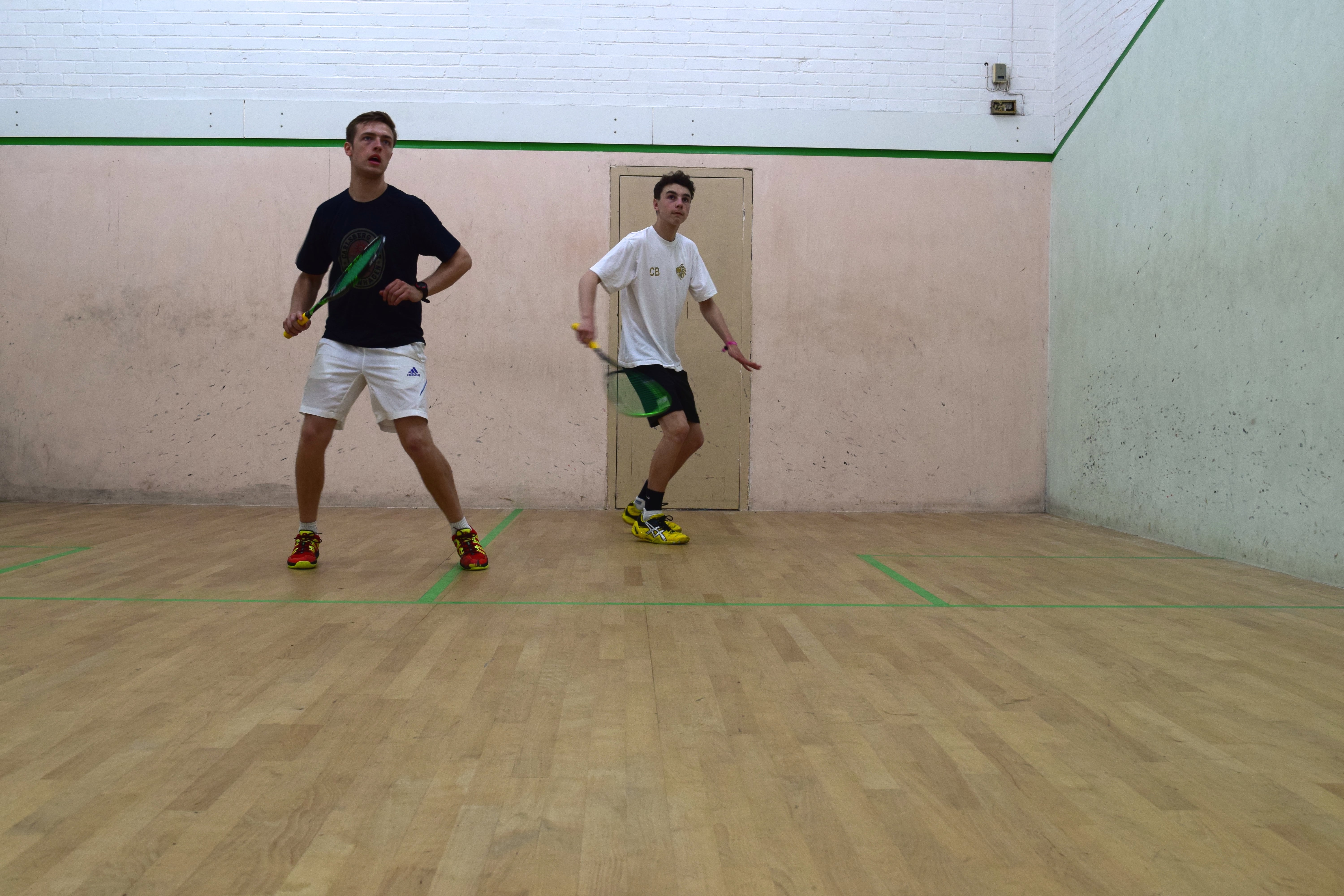Playing on cold courts and with skiddy balls
It’s important you practice under varying conditions and in different court environments if you want to play competitively at a high level. Courts can vary massively from club to club. If you’re playing in a County League or tournaments you’ll play on all sorts of courts at different clubs. Therefore, if you want to be successful it’s important you practice on different courts and in different circumstances so that you are prepared for abnormal situations.
The court
The most common variation is temperature. Often clubs will have courts that are warmer than others, and so players will be familiar with the fact that the ball bounces a bit higher on warmer courts. It’s important you develop your ability to play on warmer and colder courts, as you’ll play on all sorts of courts temperature wise, and you want to have the experience to be able to make little changes to your game and not be thrown mentally by a different court temperature.
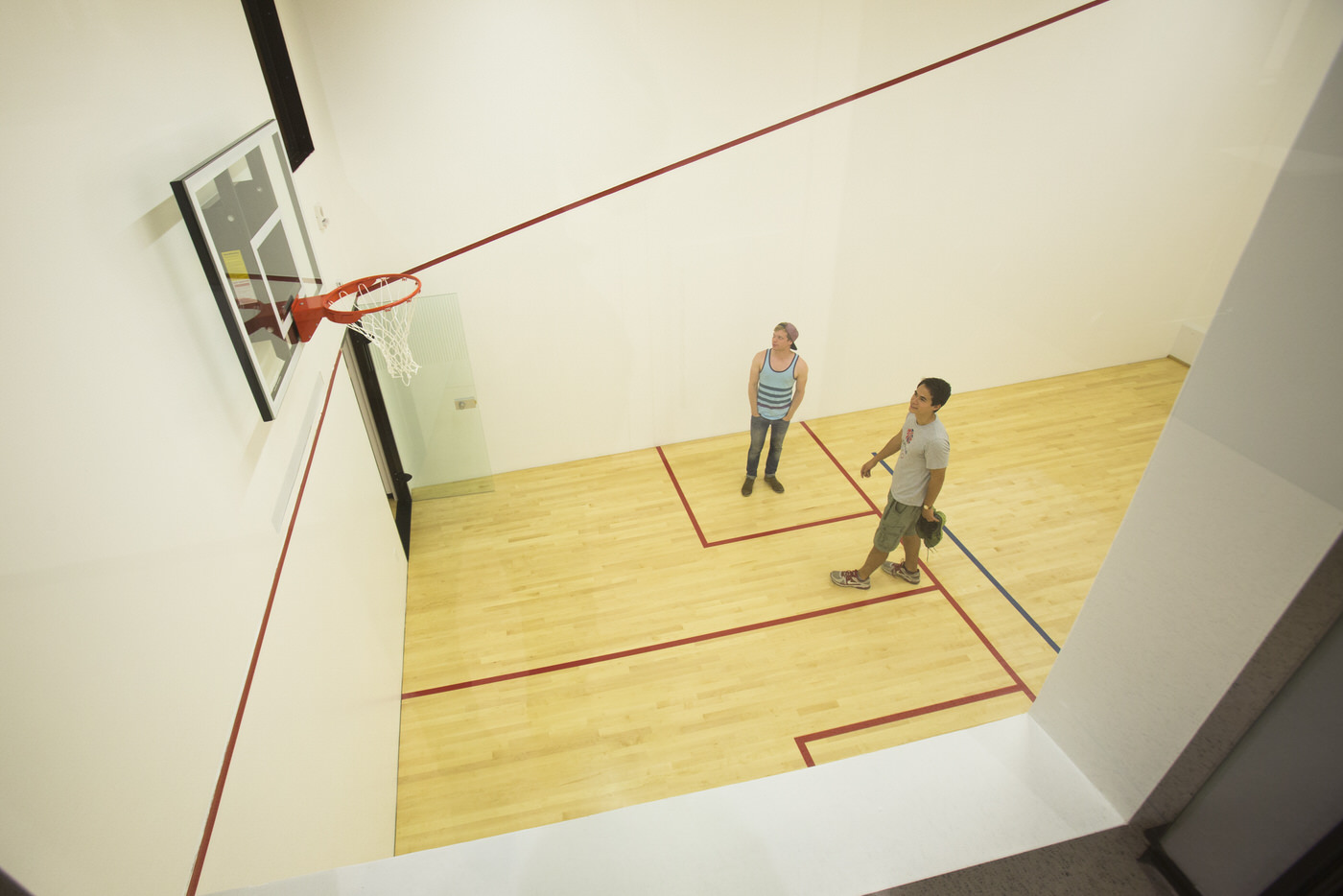
It’s not just temperature that can make playing on a particular court unique. Most of us won’t play on full glass courts very often – which really is a different experience – but playing on even just a glass-back court is slightly different. The bounce off the back wall is slightly different and the added distraction of people behind the court and/or being able to see through at what’s going on behind can be off-putting if you haven’t played on a glass-back court very often.
You might also occasionally play on courts where the front walls are not covered in the typical plaster and are actually covered in boards which make a really loud bang when they are hit by the ball. They can be very distracting at first; the ball doesn’t rebound off them anywhere near as much as you would expect, or as much as the sound it makes would suggest. Sometimes the ball won’t rebound off standard walls as much as you would expect, as it’s not uncommon for the front wall to be colder than the rest of the court because it is an outside wall.
Sometimes even on a warm court the ball may not bounce very high because the floor is older and ‘dead’. This may even cause the ball to ‘skid’ and have a quicker, longer and lower bounce. It’s therefore important you practice on courts which have different floors. If the ball is skidding, play lots of boasts and kills!
The ball
The best way to familiarise yourself with different bounces of the ball is to play with different balls. Use single yellow or red dot balls to simulate a really bouncy ball or summer climate. This is also a great ball control exercise. Be sure to also use balls of different ages. Brand new balls tend to bounce a bit more, and so again might be good for simulating hot weather or bouncy courts, but it’s also a good exercise to use really old balls that will skid more and bounce differently, as you never know when you might get a funny ball or end up on a strange court where the ball behaves as if it were old.
Preparing yourself for anything
The idea is to be ready for anything. There’s a general belief that both players have to cope with any situation such as a dodgy ball, cold court or whatever else, but the truth is that more often than not the conditions favour one player. On the outside courts in Egypt there were complaints about the wind, and while both players had to put up with the wind, there’s no doubt if your game involved a lot of high shots it was going to be affected more than someone who played a very low, attacking game. The same is true of colder or warmer courts. It is likely to naturally suit one player more than the other, and maybe even disadvantage one player.
So, the message is to be the player who has the advantage on as many courts and in as many situations as possible. Start by varying the court you play on at your local club. If you are able, try to player at other nearby clubs where the conditions are likely to be different still. Use different balls of varying ages and bounce so that you are prepared for all sorts of bounces.
If you are familiar with playing on difficult courts and lots of different balls, you are likely to have more confidence and a composure that you can’t teach or fake, because you know that you have been in this situation many times before, and that is half of the battle. With your self-assuredness, you can adapt your game to cope with whatever the different conditions are for the match. We won’t go into detail about what you changes you can make in colder or warmer weather, as we do that in our guides to adapting your game in warmer weather and colder weather.
